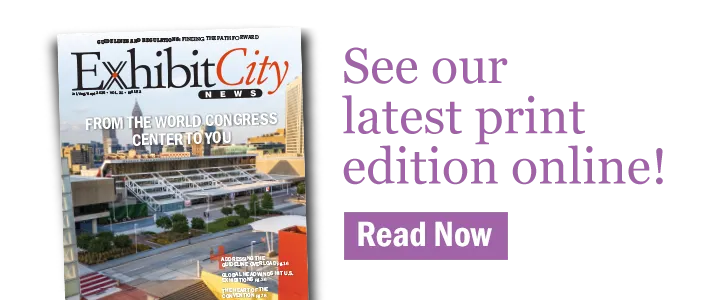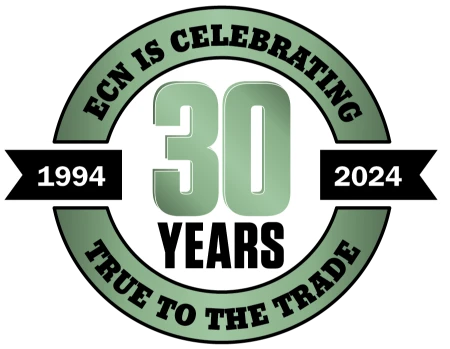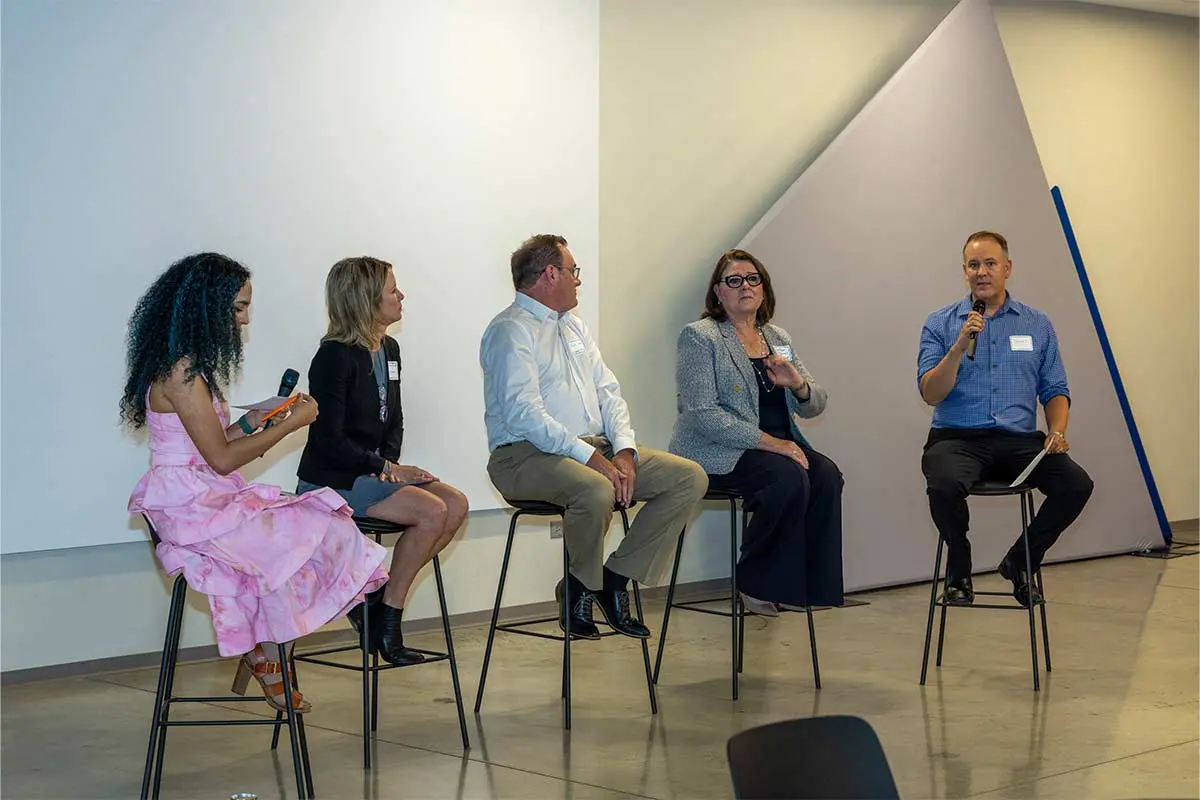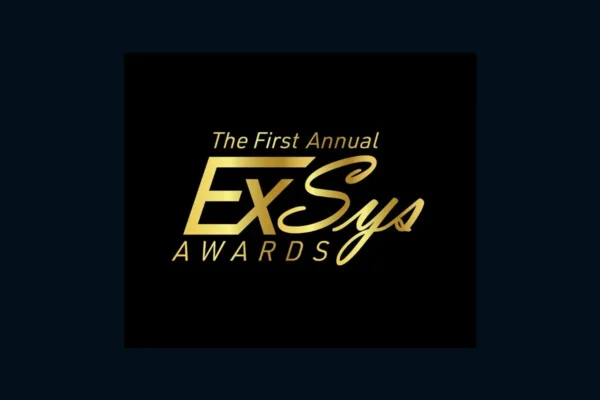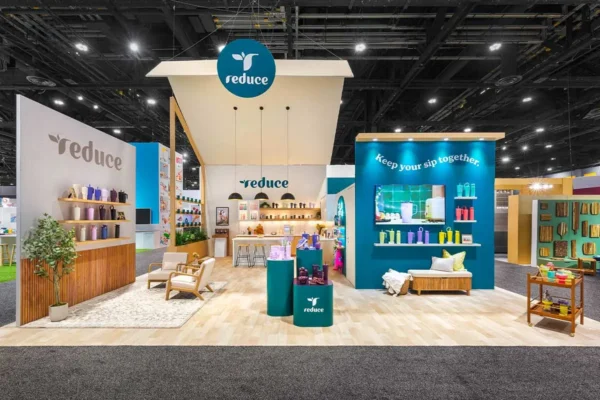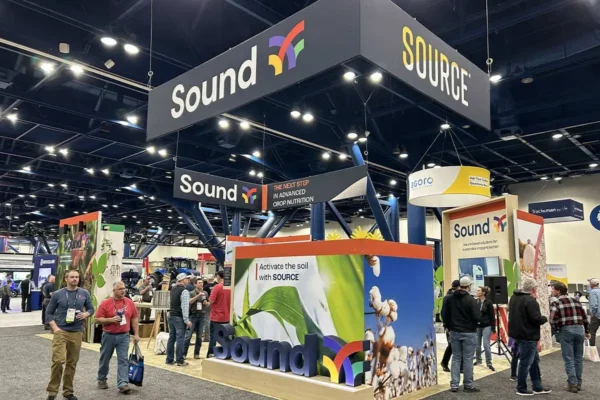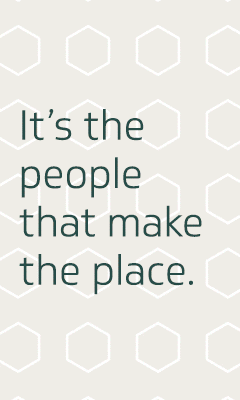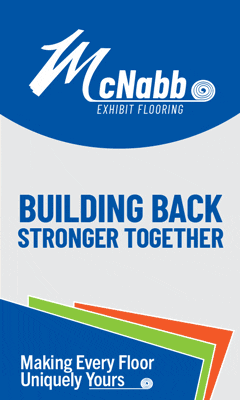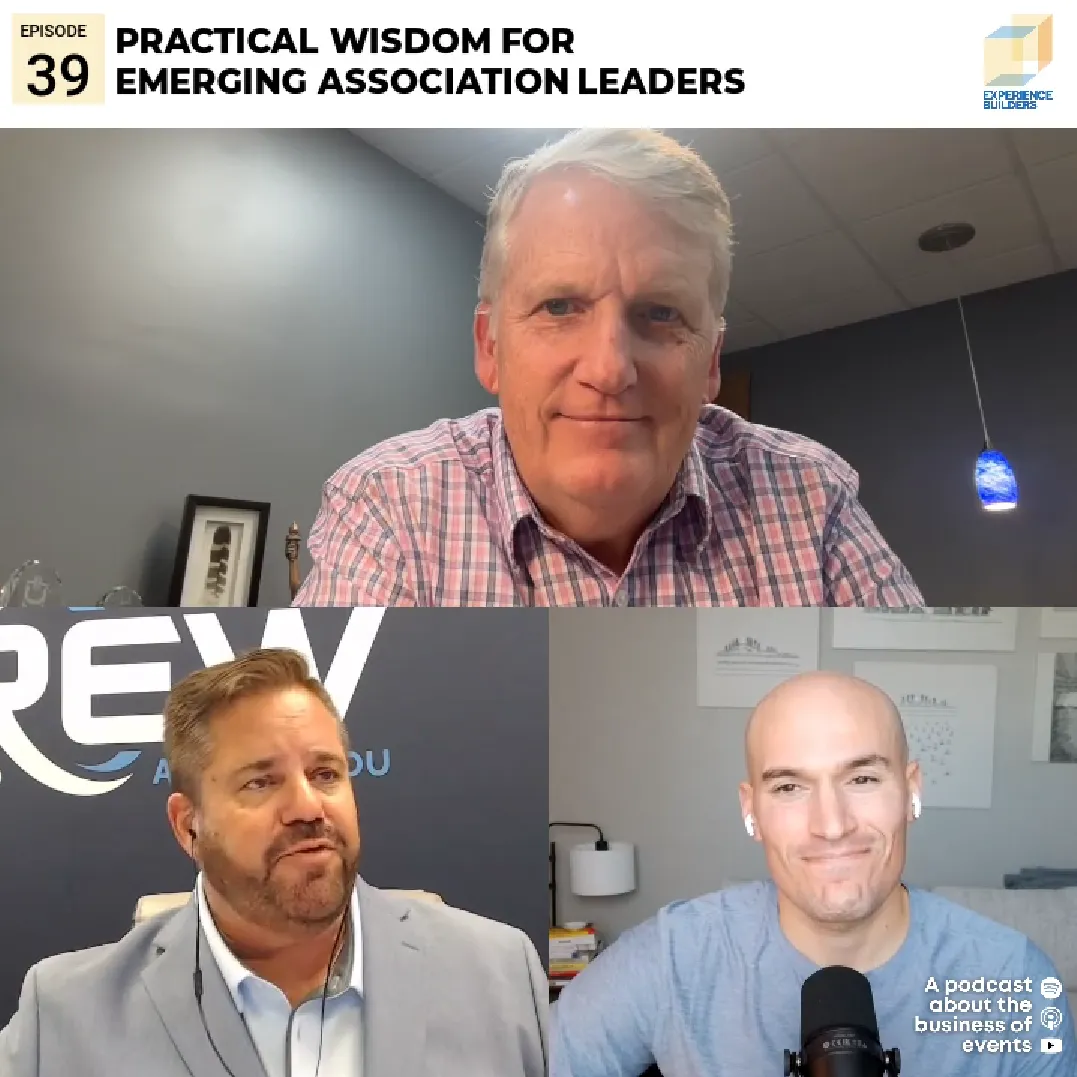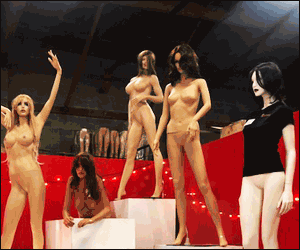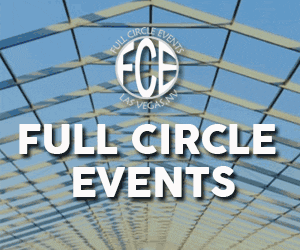(Image by Gary Michael Prochorchik, Exposures, LTD.)
Industry panel at Moss Headquarters calls for modular strategies, immersive experiences, and workforce development
On July 29, more than 100 exhibit and event professionals gathered at Moss Headquarters in Chicago for an evening focused on the future of experiential design. Hosted by Exhibit City News (ECN), the event featured an expert industry panel—moderated by ECN Managing Editor Marlena Sullivan and Travis Stanton, director of strategy at Storylink Creative and head of The Experiential Design Authority (TEDA)—and the debut of the ExSys Awards, a new competition recognizing innovation in modular, system-based exhibit design.
With more than 130 entries from the United States, Europe, and Australia, the ExSys Awards reflect a growing shift in how brands approach the tradeshow floor. The panelists who spoke earlier that evening emphasized that experiential design is no longer static; it is evolving into something more integrated, strategic, and mobile.
Experience Over Everything
Debbie Parrott, president and owner of Highmark Techsystems, opened the discussion by noting that exhibits have moved beyond product displays and now serve as platforms for brand interaction. “The old days of simply showcasing a product or service are gone,” she said. “Something meaningful needs to happen at the event.”
She explained that effective programs now operate within broader marketing strategies that include preshow outreach, onsite engagement, and post-event follow-up. Exhibits are no longer isolated touchpoints; they are part of an ongoing communications effort.
That engagement doesn’t always take place on a traditional show floor.
Kevin Carty, executive vice president at Classic Exhibits, said clients are shifting toward hosting brand experiences in more controlled settings.
“We’re seeing more and more of the private events,” he noted. “Especially in tech, where they’re doing less on their large corporate booth and more in curated, hosted environments.”
Custom Rentals Meet Strategic Budgeting
A growing shift in exhibit strategy is the increased demand for modular rentals, not just to manage costs but also as a flexible approach to booth design.
“We’ve definitely in the first six months of this year seen more and more custom rental opportunities,” said Carty. “A little less (capital expenditures) for the end user, but they can actually get a unique look.”
This trend is also changing how design teams collaborate. What was once divided between “new build” and “rental” teams is now a more integrated workflow focused on adaptability and efficiency.
Parrott added that some exhibitors are shifting from centralized tradeshows altogether, bringing branded experiences directly to regional audiences.
“Rather than expecting your customer base to travel to an event, you need to bring the event to them,” she said.
Laura Palker, president, Events Education & Workforce Development Federation, CEO, Trade Show Solutions Center, noted a similar shift among her clients, particularly in sectors like finance and education, where messaging clarity and adaptability are top priorities. “What we’re seeing is the integration of LED tile storytelling with modular systems,” she said. “It’s not just about building a structure—it’s about delivering content that resonates in real time.”
Scenic Design Steps into the Spotlight
Even as booth sizes get smaller and budgets face increased scrutiny, exhibitors are placing more emphasis on visual design.
“The scenic that is happening these days is incredible,” said Parrott “It’s visually rich, saturated environments. The role of scenic is occupying a whole new level.”
Carty noted that some clients are directing most of their budgets toward a single visual focal point, while using rental components to support the rest of the space. The result is often a streamlined structure with a strong visual presence.
“It doesn’t look like a traditional 20-by-40,” he said. “But it feels more immersive.”
AI Is Useful: But Still Needs a Human Touch
Artificial intelligence (AI) also entered the discussion, with panelists agreeing that while AI tools can streamline tasks like scheduling, targeting, and analytics, they are far from replacing human creativity.
“AI will get you to a certain place,” said Carty, “but you still can’t—at this point—replace what a creative mind adds to the design.”
He added that automation is most helpful behind the scenes, handling data, scheduling, and logistics so human teams can focus on design, storytelling, and experience.
Parrott agreed and cited a report from the World Economic Forum that ranked creative thinking among the most critical skills for the future of work. The report also identified it as one of the fastest growing in importance through 2030. “That’s good news for the creatives of the world,” she added.
Palker added that her organization recently responded to a federal request for information on AI’s workforce implications. “We’re not just looking at AI as a design tool—we’re looking at it as a way to support career readiness and real job pathways,” she said. “If we use AI smartly, we can unlock potential in the next generation that hasn’t even been tapped yet.”
Global Complications, Local Adjustments
With international clients facing visa delays, travel warnings, and staffing shortages, many exhibitors are adjusting their booth strategies. Palker said some companies are scaling down because they simply lack the staff to support larger spaces.
“I recently had a client go from a 20-by-50 to a 20-by-30,” she said. “They couldn’t bring enough staff.”
Meanwhile, the panel stressed the importance of transparency when addressing rising costs tied to tariffs, materials, and shipping. Rather than applying blanket increases, they recommended itemizing cost changes and communicating them clearly.
“We discount as we need to, to try to help our clients get these programs to the live event space,” Parrott said.
“Be clear,” added Carty. “If costs are up in one part of the build, show that—not just a blanket increase.”
Building the Next Generation of Talent
Workforce development emerged as a key concern, with seasoned professionals retiring and new talent entering the industry with limited exposure.
Palker outlined efforts to create educational pathways that begin in high school and lead into apprenticeships.
Palker said her organization is signing a memorandum of understanding with Tallo to build awareness and inspire careers in schools, with a goal that goes beyond exposure.
“We’re building full pre-apprenticeship programs that align with federal standards,” she said. “So, these students have a credentialed pathway into our industry the day they graduate.”
Carty described how his company has partnered with local schools to host tours of its fabrication shop and design areas.
“They’d never seen what goes into a booth—SC&Cs, metalwork, fabrication,” he said. “One kid said, ‘Dang, this is sweet.’”
Parrott added that internships continue to play an important role in exposing students to real projects and clients.
“We take our interns seriously,” she said. “We’ve taken them to client meetings, to shows, and given them real work. It’s eye-opening—for the students and for us.”
Celebrating Progress and the People Behind It
Key themes from the panel such as modularity, creativity, fiscal strategy, and workforce development echoed later that evening during the ExSys Awards presentation.
Aluvision received the System of the Year Award for overall design excellence and versatility. Condit Exhibits was named Agency of the Year after earning five Gold and Silver trophies. In a full-circle moment, Parrott was honored with the ExSys Lifetime Achievement Award in recognition of her leadership in modular exhibit systems and her lasting impact on the experiential design field.
Earlier in the evening, Carty underscored the value of long-term talent investment with a story that resonated across the room.
“Our best project manager started with us at 18 years old, sweeping the shop floor,” he said. “Today, he runs some of our largest projects. That’s the story we need to tell more often.”
The industry is evolving with purpose. If this panel and the inaugural ExSys Awards are any indication, the future of exhibit design will be shaped by adaptability, creative thinking, and the next generation of professionals ready to lead it forward.
This event was only possible thanks to the sponsors. Platinum sponsors for the event included beMatrix, ConventionSuite by NewGen Business Solutions, All Exhibit Solutions, Moss, and Highmark TechSystems. Gold sponsors included: Acer Exhibits & Events, and Exhibit Craft. Silver sponsors included: Exposures, LTD and Sho-Link.



